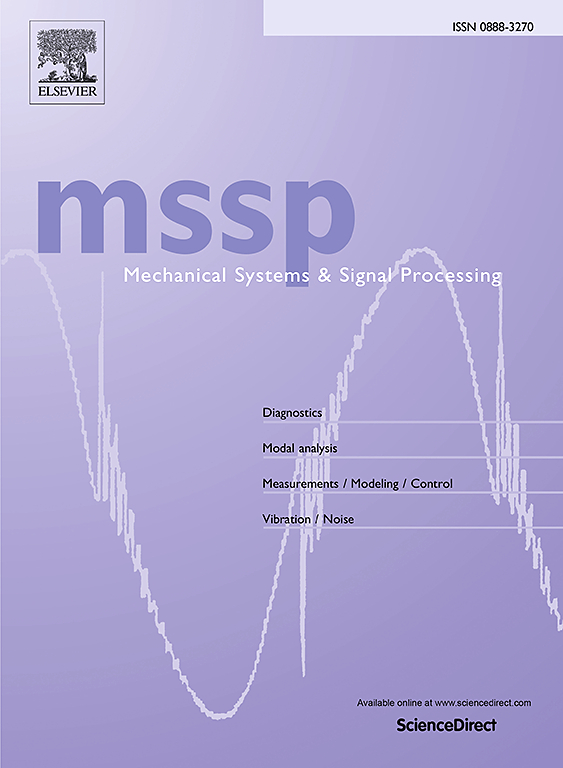Study on the SOTIF of the intelligent heavy-duty truck localization module
IF 7.9
1区 工程技术
Q1 ENGINEERING, MECHANICAL
引用次数: 0
Abstract
Safety of the Intended Functionality (SOTIF) refers to reducing unacceptable risks due to design inadequacies or performance limitations of intelligent systems. The localization module is a crucial component of the intelligent heavy-duty truck (HDT) automated driving (AD) system. Ensuring the SOTIF of this module is very important for HDT. Therefore, this paper conducts an in-depth SOTIF analysis of the localization module by identifying the performance limitations and triggering conditions of the Inertial Measurement Unit (IMU), Light Detection and Ranging (LiDAR), and Global Positioning System (GPS) within the module. Based on this analysis, a SOTIF model for the localization module is proposed. Using the KAIST dataset, abnormal signal injection methods are employed to simulate abnormal data signals caused by sensor performance limitations. The designed SOTIF model is compared with the federated Kalman multi-sensor fusion localization module model. The results demonstrate that the SOTIF model outperforms the federated Kalman multi-sensor fusion model in terms of performance and meets the SOTIF requirements. This is significant for ensuring the SOTIF of the localization modules in AD systems.
求助全文
约1分钟内获得全文
求助全文
来源期刊

Mechanical Systems and Signal Processing
工程技术-工程:机械
CiteScore
14.80
自引率
13.10%
发文量
1183
审稿时长
5.4 months
期刊介绍:
Journal Name: Mechanical Systems and Signal Processing (MSSP)
Interdisciplinary Focus:
Mechanical, Aerospace, and Civil Engineering
Purpose:Reporting scientific advancements of the highest quality
Arising from new techniques in sensing, instrumentation, signal processing, modelling, and control of dynamic systems
 求助内容:
求助内容: 应助结果提醒方式:
应助结果提醒方式:


